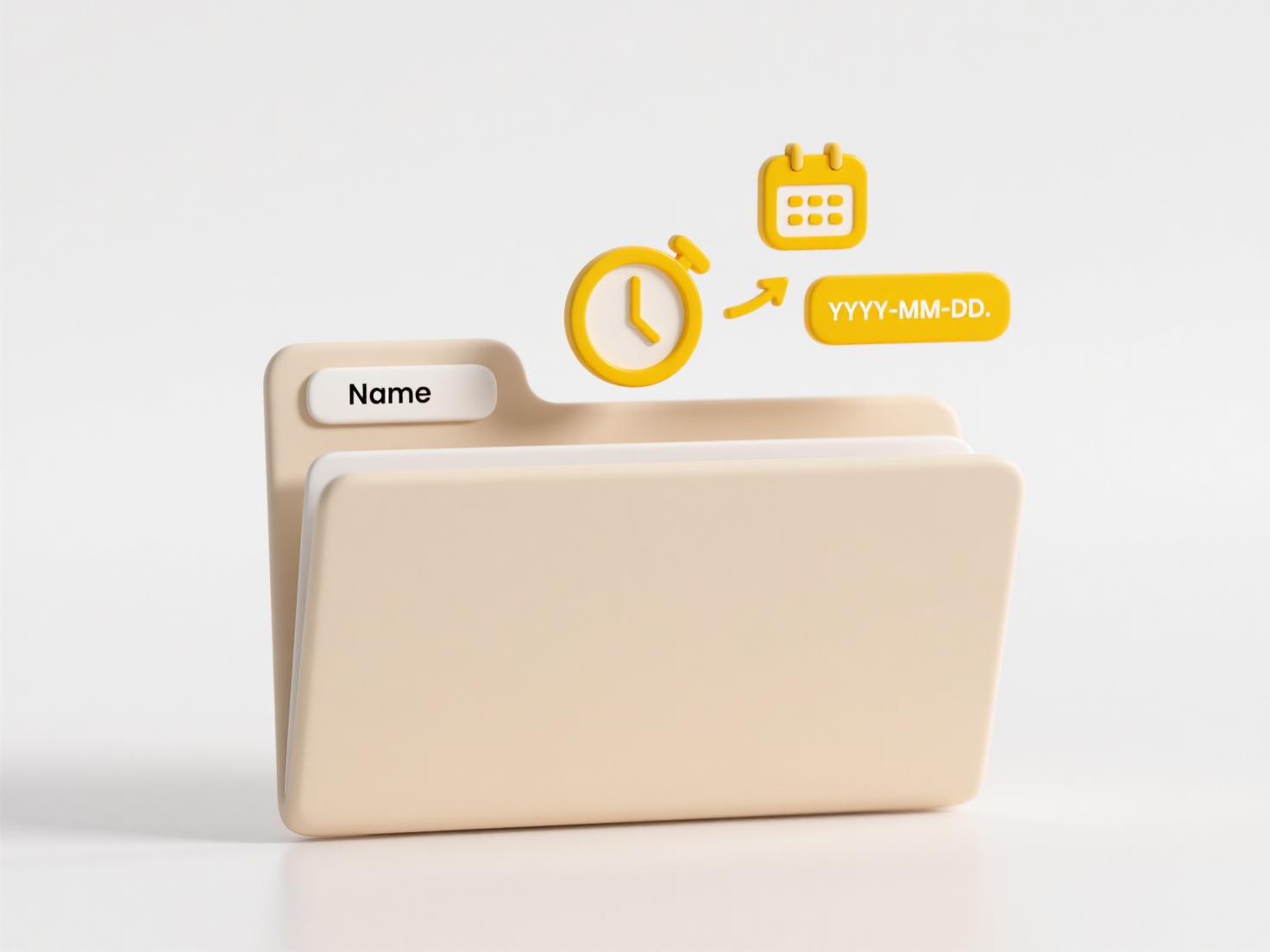
Temporary files are unsaved working copies created by applications for active tasks like editing documents; they typically disappear when you close the program. Auto-saves are periodic, automatic backups of your current work, created by many applications to prevent data loss during crashes. Unlike intentionally saved files, both are often stored in obscure system or app-specific folders and named differently (like using .tmp or ~ prefixes), making manual searching necessary.
Practically, if Microsoft Word crashes, you might recover from an auto-save in AppData\Local\Microsoft\Office\UnsavedFiles on Windows or ~/Library/Containers/com.microsoft.Word/Data/Library/Preferences/AutoRecovery on macOS. Similarly, Adobe Photoshop creates auto-saves during editing. To find such files, search your whole computer using File Explorer (Windows) or Spotlight (macOS) for *.tmp or *AutoRecovery* shortly after an unexpected closure.

Key advantages are recovering lost work. However, limitations include unpredictable locations, automatic deletion over time or upon normal program closure, and complex names. Future developments involve cloud apps integrating auto-save directly into the document workflow, reducing the need for manual searches, but local application auto-saves still require awareness of system-specific paths.
How do I search for temporary files or auto-saves?
Temporary files are unsaved working copies created by applications for active tasks like editing documents; they typically disappear when you close the program. Auto-saves are periodic, automatic backups of your current work, created by many applications to prevent data loss during crashes. Unlike intentionally saved files, both are often stored in obscure system or app-specific folders and named differently (like using .tmp or ~ prefixes), making manual searching necessary.
Practically, if Microsoft Word crashes, you might recover from an auto-save in AppData\Local\Microsoft\Office\UnsavedFiles on Windows or ~/Library/Containers/com.microsoft.Word/Data/Library/Preferences/AutoRecovery on macOS. Similarly, Adobe Photoshop creates auto-saves during editing. To find such files, search your whole computer using File Explorer (Windows) or Spotlight (macOS) for *.tmp or *AutoRecovery* shortly after an unexpected closure.

Key advantages are recovering lost work. However, limitations include unpredictable locations, automatic deletion over time or upon normal program closure, and complex names. Future developments involve cloud apps integrating auto-save directly into the document workflow, reducing the need for manual searches, but local application auto-saves still require awareness of system-specific paths.
Quick Article Links
Can I rename test result files by test name?
Renaming test result files by test name means customizing test output file names using the actual names of the test case...
How do I rename receipts with vendor names?
Receipt renaming with vendor names involves customizing digital or scanned receipt filenames to include the business nam...
How do I change the default program for opening a file type?
Changing the default program assigns a specific application to automatically open whenever you double-click files of a p...